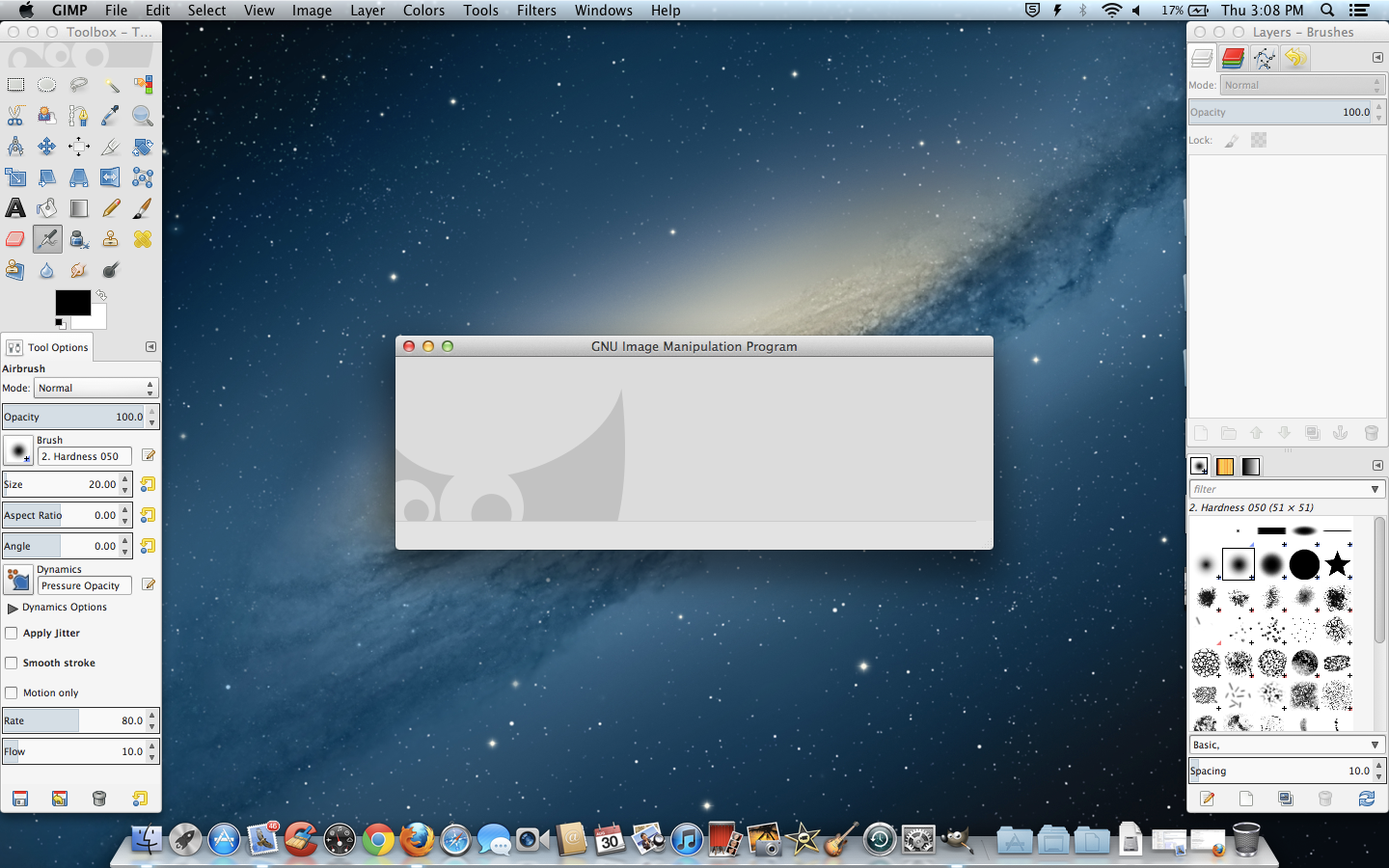

- #Does macvim support gvim mac os x
- #Does macvim support gvim mac os
- #Does macvim support gvim install
So if you don't need iTerm2's advanced features you can safely use the default terminal emulator. I'm still on 10.6.x at work so I'll still use iTerm2 for a while.ĮDIT: An even better way to use MacVim's CLI executable in your shell is to move the mvim script bundled with MacVim somewhere in your $PATH and use this command: $ mvim -vĮDIT: Yes, Terminal.app now supports 256 colors. So… basically my advice is to just use both.ĮDIT: I didn't try it but the latest version of Terminal.app (in 10.7) is supposed to support 256 colors. To have the same vim in MacVim and Terminal.app.Īnother difference is that many great colorschemes out there work out of the box in MacVim but look terrible in the Terminal.app which only supports 8 colors (+ highlights) but you can use iTerm - which can be set up to support 256 colors - instead of Terminal. profile: alias vim='/path/to/MacVim.app/Contents/MacOS/Vim'
#Does macvim support gvim install
You may install an up-to-date version via MacPorts or you can install MacVim and add an alias to your. I must confess that I failed to understand all the instructions provided on MacVim page.
#Does macvim support gvim mac os
Using one or the other is just a question of context for me.Īlso, like El Isra said, the default vim (CLI) in OS X is slightly outdated. What are the systematic steps to install to Gvim or MacVim in Mac OS If you write the steps using 1, 2, 3. Now I use both MacVim and Vim almost exactly the same way. I added some of my own, mimiking TextMate but, since I was working in multiple environments I forced my self to learn the vim way. When I switched from TextMate I kind of liked the fact that MacVim supported almost all of the regular shortcuts Mac users are accustomed to. I use both MacVim and Vim depending on the task and the context: if I'm in CLI-land I'll just type vim filename and if I'm in GUI-land I'll just invoke Quicksilver and launch MacVim.

If you work mainly with CLI apps (ssh + svn + tcpdump, for example) you may prefer vim in the terminal.Įntering and leaving one realm (CLI) for the other (GUI) and vice-versa can be "expensive". If you work mainly with GUI apps ( YummyFTP + GitX + Charles, for example) you may prefer MacVim. MacVim is more integrated in the whole OS than Vim in the Terminal or even GVim in Linux, it follows a lot of Mac OS X's conventions. Anything you are used to do in Vim will work exactly the same way in MacVim. If the pseudo terminal is disabled then a pipe is used and behavior of the pipe would also be different for pipe-aware commands like ls or grep.MacVim is just Vim. In most cases these shell commands are run in a pseudo terminal (depending on guipty option) which may not work correctly for commands like less. The key disadvantage of GVim is in running shell commands especially those commands that depend on terminal behavior like less. You can create your own menus and popups for running complex set of commands and arrange them in any fashion you like (see :help menu for more details). issue mvim in the shell to open the MacVim GUI.
#Does macvim support gvim mac os x
GUI Vim also supports menus out of the box and like typical Vim fashion are completely customizable and programmable (just like keyboard mappings). Does macvim support gvim mac os x issue mvim -v in the shell to open the MacVim TUI.ownload and install an official snapshot like you would with any other Mac OS X application. These differences will be in terms of clipboard behavior and appearance. However it depends on the graphical system like X11, GTK or Win32 GUI etc. For older systems terminal Vim is more limited (in terms of mouse, color, unicode support etc) because of the terminal limitations. If you're using a new system with a feature-rich terminal emulator you'll hardly notice much difference (especially if you have :set mouse=a and don't use the menu a lot). The answer to this question really depends on when you're asking and what type of system (terminal support) you have.


 0 kommentar(er)
0 kommentar(er)
